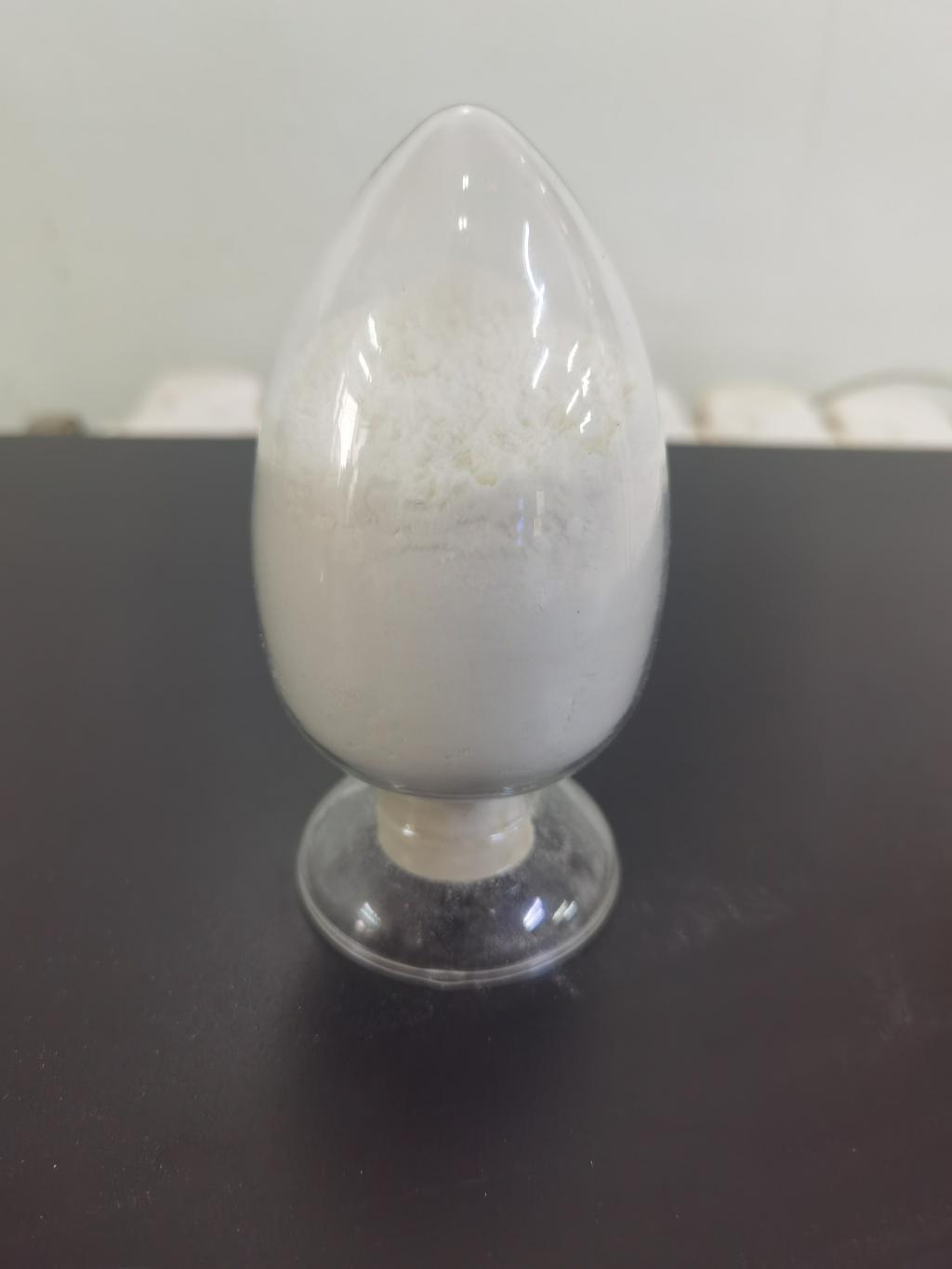Tel:+8618231198596

News
 CONTACT
CONTACT
 CONTACT
CONTACT
- Linkman:Linda Yao
- Tel: +8618231198596
- Email:linda.yao@dcpharma.cn
- Linkman:CHARLES.WANG
- Department:Overseas
- Tel: 0086 0311-85537378 0086 0311-85539701
News
Sustainable Livestock Production: The Use of ε-Polylysine Hydrochloride in Feed Additives
TIME:2024-02-04
Understanding ε-Polylysine Hydrochloride
1. Natural Antimicrobial Agent
ε-Polylysine Hydrochloride is a naturally occurring antimicrobial compound derived from bacterial fermentation, primarily by strains of Streptomyces albulus. Known for its broad-spectrum antimicrobial activity, it has been widely used in the food industry as a preservative due to its safety and effectiveness.
2. Biodegradable and Environmentally Friendly
One of the key attributes of ε-Polylysine Hydrochloride is its biodegradability. Unlike some synthetic additives, it breaks down naturally over time, minimizing the environmental impact associated with livestock farming practices.
The Challenges of Modern Livestock Production
1. Disease Management
Intensive livestock farming can lead to the rapid spread of diseases among animals. Controlling and preventing diseases is essential not only for animal welfare but also to maintain productivity and meet the demands of the global food supply.
2. Antibiotic Resistance Concerns
The overuse of antibiotics in livestock farming has raised concerns about the development of antibiotic-resistant bacteria, posing risks to both animal and human health. Finding alternatives that are effective and sustainable is crucial.
3. Environmental Impact
Livestock farming contributes to environmental challenges, including greenhouse gas emissions, land degradation, and water pollution. Implementing sustainable practices is essential to mitigate these impacts and ensure a balance between food production and environmental conservation.
The Role of ε-Polylysine Hydrochloride in Livestock Feed Additives
1. Antimicrobial Properties for Disease Prevention
The antimicrobial properties of ε-Polylysine Hydrochloride make it a valuable tool in preventing and managing diseases in livestock. By inhibiting the growth of harmful bacteria, it helps maintain the health of animals without resorting to excessive antibiotic use.
2. Reducing Antibiotic Dependency
As a natural alternative with antimicrobial efficacy, ε-Polylysine Hydrochloride offers a solution to reduce the dependence on antibiotics in livestock farming. This is a critical step in addressing concerns related to antibiotic resistance.
3. Improving Feed Efficiency
Studies suggest that the inclusion of ε-Polylysine Hydrochloride in livestock feed can improve feed efficiency, leading to better weight gain and overall performance. This not only benefits farmers economically but also contributes to more sustainable resource use.
4. Environmental Sustainability
The biodegradable nature of ε-Polylysine Hydrochloride aligns with the goals of environmental sustainability. Its use in livestock feed additives contributes to reducing the environmental footprint associated with intensive farming practices.
Benefits of ε-Polylysine Hydrochloride in Livestock Production
1. Improved Animal Health and Welfare
The proactive use of ε-Polylysine Hydrochloride in feed additives contributes to improved animal health and welfare. Healthy animals are more resistant to diseases, reducing the need for therapeutic interventions.
2. Safe and Residue-Free Products
Livestock products, such as meat and milk, derived from animals treated with ε-Polylysine Hydrochloride are considered safe and free from residues. This enhances the overall quality and safety of food products for consumers.
3. Enhanced Sustainability Metrics
The adoption of ε-Polylysine Hydrochloride aligns with sustainability metrics in livestock farming. By promoting animal health, reducing antibiotic use, and minimizing environmental impact, it contributes to a more sustainable and responsible industry.
Challenges and Considerations
1. Cost Considerations
While the benefits of ε-Polylysine Hydrochloride are significant, there may be initial cost considerations for farmers. Balancing the economic feasibility of incorporating this additive into feed formulations is essential for widespread adoption.
2. Research and Development Needs
Further research and development are needed to optimize the use of ε-Polylysine Hydrochloride in different livestock species, production systems, and geographic regions. Tailoring formulations to specific needs will enhance its effectiveness.
3. Consumer Awareness and Acceptance
Educating consumers about the use of ε-Polylysine Hydrochloride in livestock farming is crucial. Transparency in labeling and communication will help build consumer trust and acceptance of products derived from animals treated with this additive.
Future Prospects and Collaborative Efforts
1. Continued Research Initiatives
Ongoing research initiatives focused on the efficacy, safety, and optimal use of ε-Polylysine Hydrochloride in livestock production are vital. Collaborative efforts between researchers, agricultural organizations, and industry stakeholders will drive innovation.
2. Global Adoption and Regulatory Frameworks
Facilitating the global adoption of ε-Polylysine Hydrochloride requires the development of clear regulatory frameworks. International collaboration can help establish standards for its use in different regions, ensuring consistency and safety.
3. Integration into Sustainable Farming Practices
Integrating ε-Polylysine Hydrochloride into broader sustainable farming practices, including rotational grazing, organic farming, and agroecological approaches, will maximize its positive impact on animal health and environmental sustainability.
Conclusion
In the pursuit of sustainable livestock production, the incorporation of ε-Polylysine Hydrochloride into feed additives emerges as a promising and innovative solution. Its natural origin, antimicrobial efficacy, and biodegradability position it as a key player in addressing challenges related to disease management, antibiotic resistance, and environmental impact. As the agricultural industry continues to evolve towards more sustainable practices, ε-Polylysine Hydrochloride stands at the forefront of a transformative approach to livestock farming. Through collaborative efforts, research advancements, and a commitment to responsible farming, the integration of ε-Polylysine Hydrochloride in livestock production holds the potential to redefine the future of agriculture, ensuring a balance between food security, animal welfare, and environmental conservation.
- Tel:+8618231198596
- Whatsapp:18231198596
- Chat With Skype







